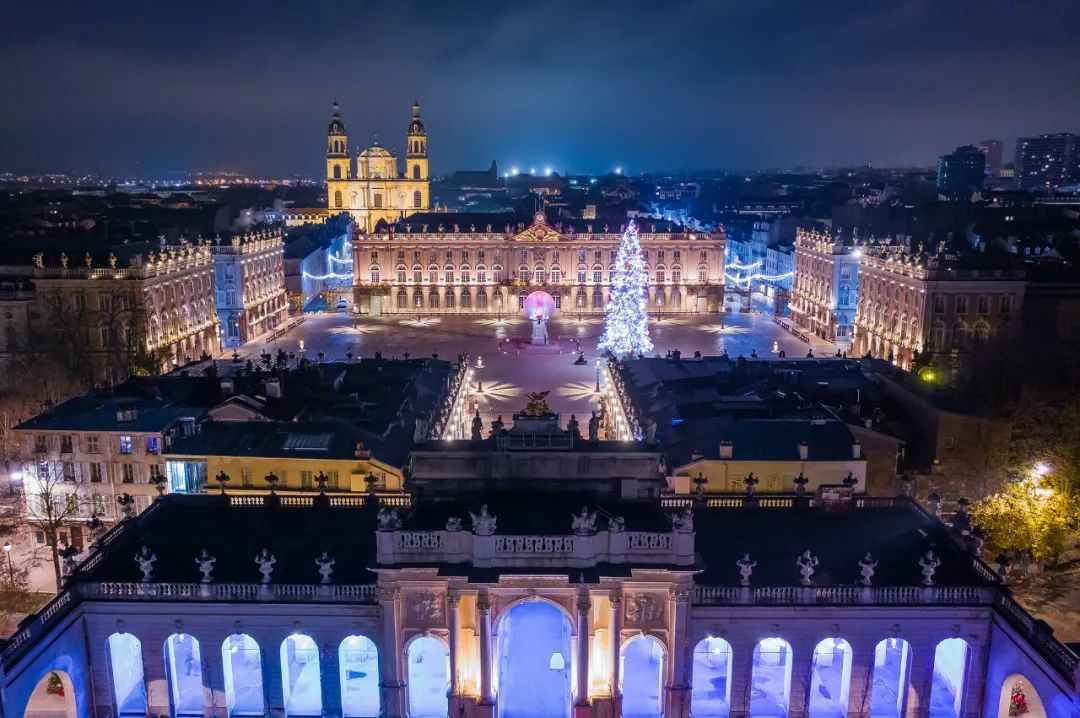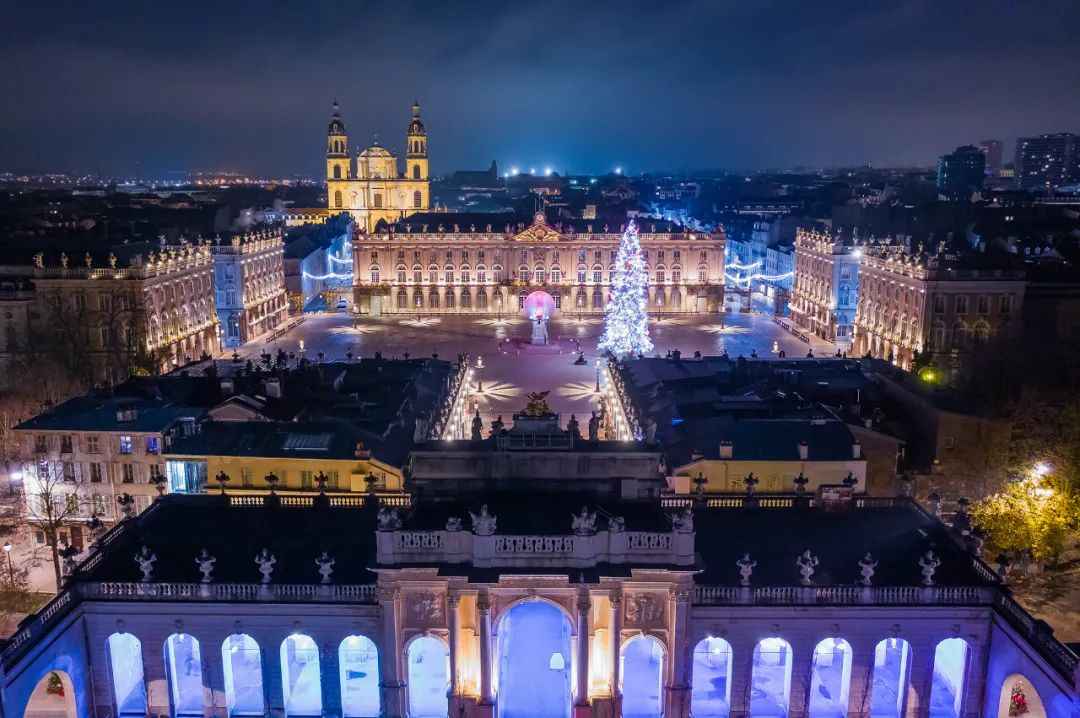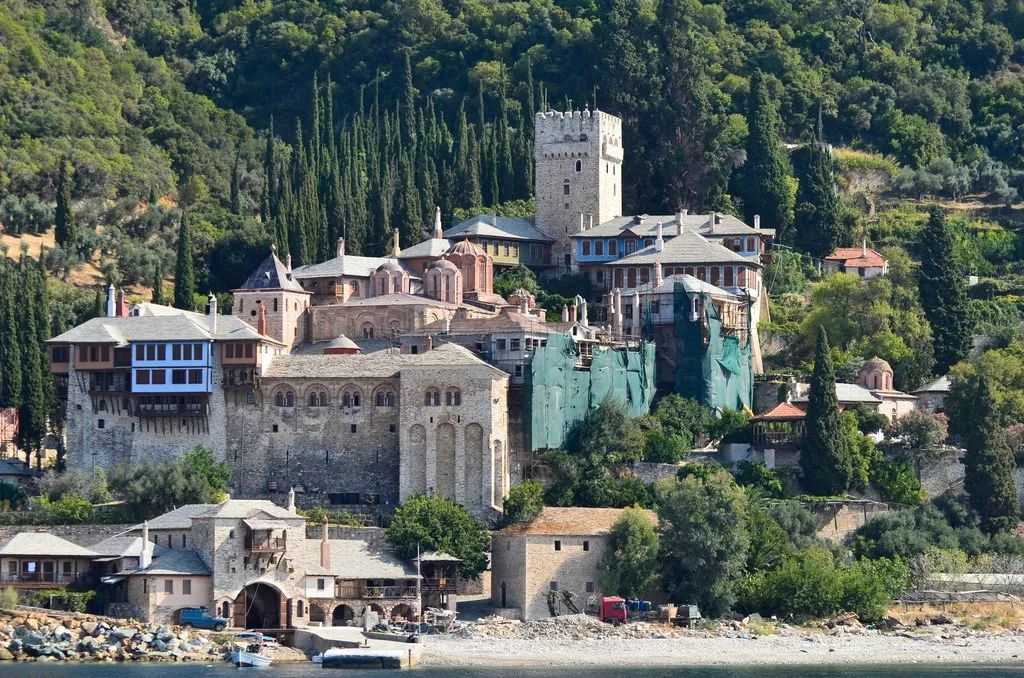Place de Stanislas de Nancy: A Timeless Fusion of Rococo Art and Enlightenment Vision

Source: Images from the Internet, if there is any infringement, please contact the removal of
Hailed as one of Europe’s most beautiful squares, Place de Stanislas de Nancy in France stands as a testament to architectural grandeur and historical significance. Built between 1752 and 1763 under the direction of architect Emmanuel Héré de Corny, the square was commissioned by Stanislas Leszczynski, Duke of Lorraine, to commemorate his reign and symbolize the Enlightenment’s urban ideals.
Measuring 125 meters in length and 106 meters in width, the square is paved with ochre stone, forming a diagonal pattern that leads the eye to the central statue of Stanislas I. The pedestal’s inscriptions honor his legacy, reflecting Lorraine’s gratitude for his patronage. The crowning glory lies in the gilded wrought-iron gates crafted by Jean Lamour, whose intricate designs—blending filigree patterns with metallic luster—unite the square’s neoclassical buildings, earning them the title “masterpieces of Rococo art”. Flanking the square are the Fontaine de Poseidon and Fontaine d’Amphitrite, while the imposing Hôtel de Ville (City Hall), Opéra, and Musée des Beaux-Arts create a harmonious architectural ensemble.
In 1983, Place de Stanislas, along with its extensions Place de la Carrière and Place d’Alliance, was inscribed as a UNESCO World Heritage Site, praised as “an exceptional urban and architectural ensemble of the 18th century”. Victor Hugo once described it as “the most beautiful, delightful, and perfect square I have ever seen,” a sentiment echoed by visitors and scholars alike.
Today, the square remains Nancy’s cultural epicenter. Cafés and restaurants line its perimeter, offering alfresco dining beneath historic facades, while the adjacent Parc de la Pépinière provides a green oasis for relaxation. During the holiday season, the square transforms into a magical Christmas market, illuminated by twinkling lights and filled with festive stalls.
Beyond its aesthetic appeal, Place de Stanislas embodies Enlightenment-era urban planning—symmetrical, inclusive, and human-centric. Its legacy endures not only as a masterpiece of Rococo art but as a visionary blueprint for modern cities. Whether bathed in dawn’s golden light or glowing under the night sky, this square continues to captivate, bridging history and beauty in a single, unforgettable space.









